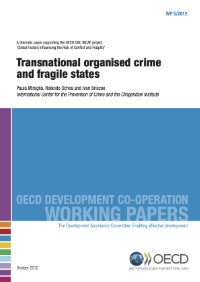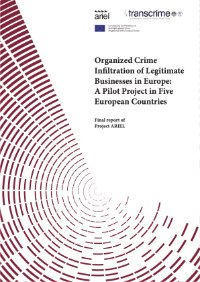By Paula Miraglia, Rolando Ochoa, Ivan Briscoe
Transnational organised crime (TOC) refers to a fluid and diversified industry that engages in illicit activities ranging from drug and human trafficking to drug smuggling, piracy and money laundering. Although it may affect strong states, conflict-affected and fragile states are especially vulnerable to the dynamics of TOC and may provide more favourable conditions for its development. The implications for those states are many and serious. This paper outlines the ways in which TOC has evolved in recent years and how policy might be adapted to take account of this evolution. It emphasises that TOC today is less a matter of organised cartels established in producer or end-user states, but increasingly characterised by fluid, opportunistic networks that may for example specialise in transport and logistics. The paper recommends tackling the problem through a comprehensive approach that considers TOC as but one element within a greater complex of cause and effect. This would entail a re-evaluation of many current assumptions about TOC and a reformulation of current policies.
Paris: OECD, 2012. 37p.





















